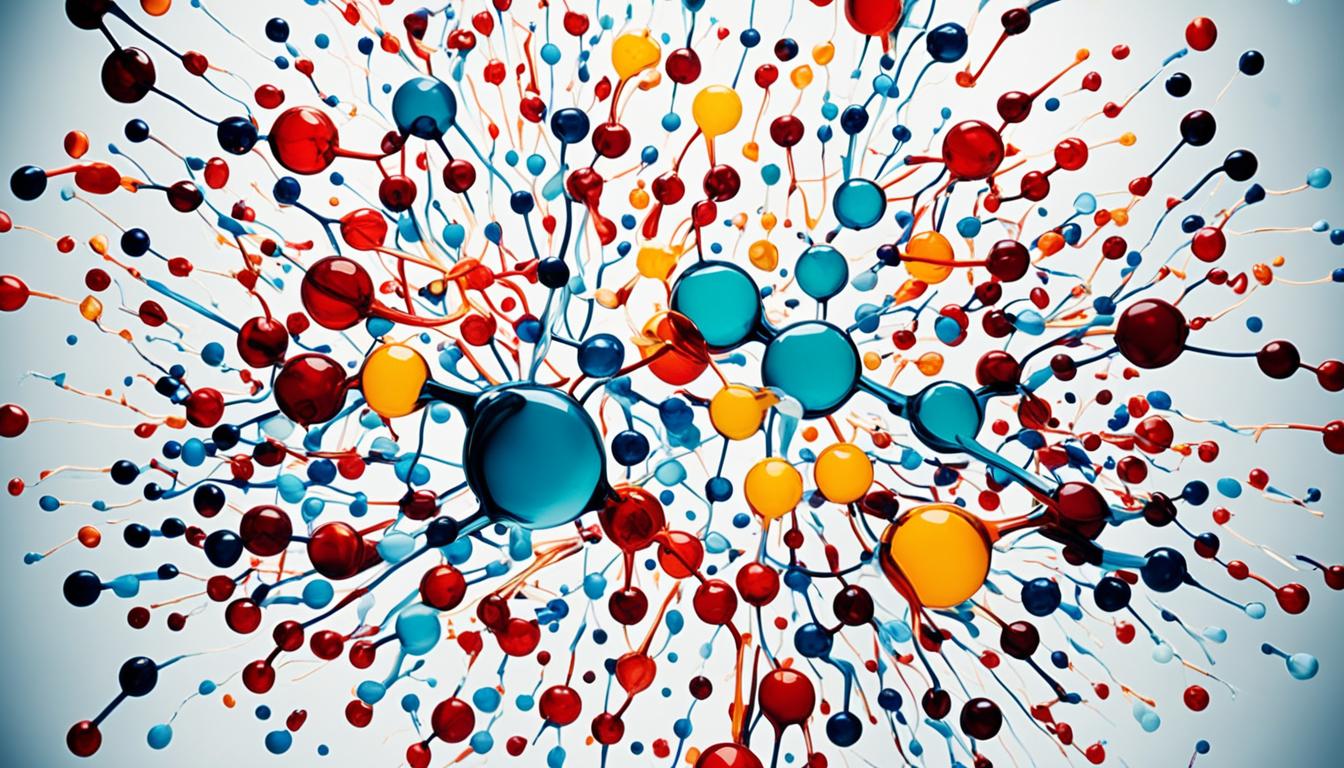Chronic kidney disease (CKD) is a common yet hidden issue affecting many worldwide. It leads to a gradual drop in kidney function, causing a buildup of waste and fluid in the body. This disease can greatly impact someone’s health and how they live.
Feeling tired, seeing swelling, noticing changes in how much you urinate, and having less of an appetite are common signs of CKD. These signs might start small and be easy to miss. That’s why spotting CKD early is so important. The disease is often caused by diabetes and high blood pressure. Yet, there are other things such as infections, kidney swelling, and how the kidneys are formed that could add to the problem.
To find out if someone has CKD, doctors might do blood and urine tests. These tests look at the levels of waste in the blood and the kidneys’ filtering speed. Finding proteins in the urine can show if there’s kidney damage. It’s key to uncover CKD early to stop more damage and treat it well.
Treatment for CKD changes based on how much the disease has progressed and the patient’s needs. Changing your lifestyle by eating right and keeping active is important. There are also drugs to help with blood pressure and cholesterol, which lower the danger of problems. In harder cases, dialysis or a new kidney through transplantation might be needed to take over for the failing kidney.
Stem cell therapy is a new ray of hope for those with CKD. Scientists are looking into whether stem cells can turn into kidney cells and help fix the damage. These cells can also make substances that help heal and calm down the swelling. Right now, there’s a lot of studying and testing going on to see how well stem cell therapy might work for CKD.
Key Takeaways:
- Chronic kidney disease (CKD) is a prevalent condition that can go undiagnosed for a long time.
- Common symptoms of CKD include fatigue, swelling, changes in urine habits, and decreased appetite.
- Main causes of CKD include diabetes, high blood pressure, infections, kidney inflammation, and structural abnormalities.
- Early detection and diagnosis of CKD are crucial for managing the condition effectively and preventing further kidney damage.
- Treatment options for CKD include lifestyle modifications, medications, and in severe cases, dialysis or kidney transplant.
- Stem cell therapy shows promising potential in regenerating kidney tissue and improving kidney function in CKD patients.
Diagnosis and Stages of Chronic Kidney Disease
To diagnose chronic kidney disease, doctors do blood and urine tests. These check levels of waste in your blood and how well your kidneys filter it. Detecting proteins in the urine helps spot kidney damage. By doing these tests, they can tell how much the kidneys are struggling and what stage of CKD you might be in.
CKD stages are marked by GFR, which shows how quickly your kidneys purify the blood. There are five stages of CKD. Stage 1 is mild, while Stage 5 means the kidneys have almost stopped working. Knowing the stage helps doctors plan the best treatment.
Early CKD often shows no symptoms. But as it gets worse, you might feel tired, see swelling, and notice changes in how you go to the bathroom. People with diabetes or high blood pressure should get checked regularly. This is key to catch CKD early and manage it better.
The treatment changes with each CKD stage. At first, lifestyle tweaks and certain medicines can help a lot. For more severe cases, you might need dialysis or a transplant. These steps can replace some of what the kidneys do, helping you stay healthier.
Sticking to your treatment, along with healthy lifestyle changes, can slow down CKD. This improves how you feel and your quality of life, even as the condition progresses.
Stage Classification and GFR Values
| Stage | Description | GFR Range (ml/min/1.73m²) |
|---|---|---|
| Stage 1 | Mild kidney damage with normal or high GFR | >90 |
| Stage 2 | Mild kidney damage with mildly reduced GFR | 60-89 |
| Stage 3 | Moderate kidney damage with moderately reduced GFR | 30-59 |
| Stage 4 | Severe kidney damage with severely reduced GFR | 15-29 |
| Stage 5 | End-stage renal disease with extremely low GFR |
CKD gets worse over time, so spotting it early is critical. Regular check-ups and talks with your doctor can catch CKD before it’s a big problem. This way, you can start the right care to protect your kidneys.
Stem Cell Therapy and Future Directions in CKD Treatment
Stem cell therapy brings new hope for treating chronic kidney disease (CKD). Studies show different stem cell types can help rebuild kidney tissue. These cells can change into kidney cells and release substances that repair and reduce swelling.
Clinical trials are testing the safety and benefits of stem cell therapy for CKD. The beginnings look good. If successful, this method could change how CKD is treated.
Another exciting area is finding markers that can spot CKD early. This could lead to quick and tailored treatments. Knowing about the genetics of CKD also helps make treatments more effective for each patient.
In short, stem cell research is opening up new paths to help those with CKD. With more study and trials, the future of treating CKD looks very positive. We may see better results and lives for those with CKD.

